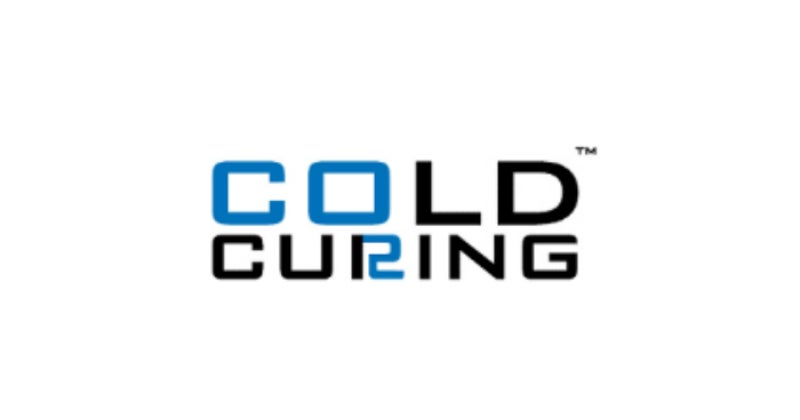
Nanon has over the last few years developed four unique technologies, able to assist the medical device industry to extend the possibilities with silicone rubber. The technologies are able to tailor-make the silicone surface as well as the bulk – without compromising the physical properties.
ColdCuring™:
- Removes volatiles to parts-per-million level
- Safe to ‘post cure’ in combinations with thermoplastic materials
- Avoids slit healing – also after gamma sterilisations
SiliCO2ne Impregnation™:
- Impregnates substances like oils, drugs, fragrances etc. into the silicone rubber matrix
- Creates a lubricious surface
Softplasma™ polymerisation:
- Creates a chemical bond between silicone and your material
- Creates biocompatible and medical coatings (i.e. PVP)
Softfeel™:
- Creates a soft surface by adding a clear varnish on top of the silicone rubber
COLDCURING™
This process is based on the use of the properties and advantages of the liquid CO2 as solvent – this is the new alternative to the standard post-curing method used for years within the silicone rubber industry – without any rejecting of volatiles to the environment.
Saves time and is more effective
To fulfill food grade and medical grade silicone, the process needs about 50 minutes to reach below the 0.5% of volatiles. For applications requiring materials with very low out gassing level, it is possible to reduce the content of volatiles much more: the amount of cyclic siloxanes D4-D20 can be reduced to below 0.005% (50ppm). On top of that, ColdCuring™ can extract volatiles from two component-molded products – silicone and thermoplastic materials.
Gamma-sterilisation
The wellknown re-polymerisation effect on silicone parts will not take place, which means no slit or cut-healing occur. For medical devices, Nanon has proven that Coldcuring prevents slit-healing of silicone during gamma sterilisation.
Worldclass documentation
The worldwide leaders in suppling silicone rubber have tested and documented the features of the process.
SILICO2NE IMPREGNATION™
This process is also based on the use of liquid carbon dioxide. Whereas ColdCuring™ removes volatiles and residues from silicone rubber, SiliCO2ne Impregnation™ adds compound inside the materials. The liquid CO2 acts as a carrier for bringing the compound inside the materials. For instance it is possible to impregnate a lubricant in 100% of the silicone rubber material, creating lubricious silicone materials with anti-static, low friction and anti-electrostatic properties. Other relevant to introduce could be heat-sensitive drugs, fragrance or active compounds.
Polymerisations inside silicone rubber
The process is also able to add a monomer, which is polymerised inside the silicone rubber, creating an interpenetrating polymer network (IPN). The IPN brings new surface and bulk properties to the silicone such as hydrophilicity or antimicrobial effects.
SOFTPLASMA™ polymerisation
Is a unique process creating permanent coating on difficult materials, in particular Silicone. Thin layers (nanoscale) coatings are created on top of the substrate surface with the desired chemical functions. By applying this technology it is possible to create a ‘silicone-like’ coating onto polymers and metals without using solvent based primer.
From this a silicone rubber can be over molded or extruded on the coated substrate. The silicone over-molding application offered by Softplasma™ is especially relevant for bonding thermoplastics, such as poly-amide, poly-carbonate and Poly-ethylene with silicone.
Our plasma coating can also be a "stand-alone" coating suitable for medical devices in silicone rubber. Today specially designed coatings have been developed which
- Decrease adsorption of blood components and thus enhance blood compatibility
- Resist bacterial attachment and biofilm formation on the device surface
- Dramatically increase hydrophilicity
- Activate the surface for additional chemical treatment or drug binding
SOFTFEEL™
The main application in Bonding To Silicone is the SoftFeel™, a polyurethane coated silicone membrane. The polyurethane paint procures a soft feel and combined with the silicone rubber, the switch becomes flexible and smooth and allows a diffused backside illumination. Since 2000 Nanon’s technology has helped Mercedes to obtain this comfort. Today is also includes Seat and Citroen.
Silicome expertise
Nanon has a Silicone Technology Center with unique solutions and an extensive research pipeline in Copenhagen. Applications cover among others medical devices, automotive components and baby care products.
Contact us to see which level we are able to bring your silicone product to.







